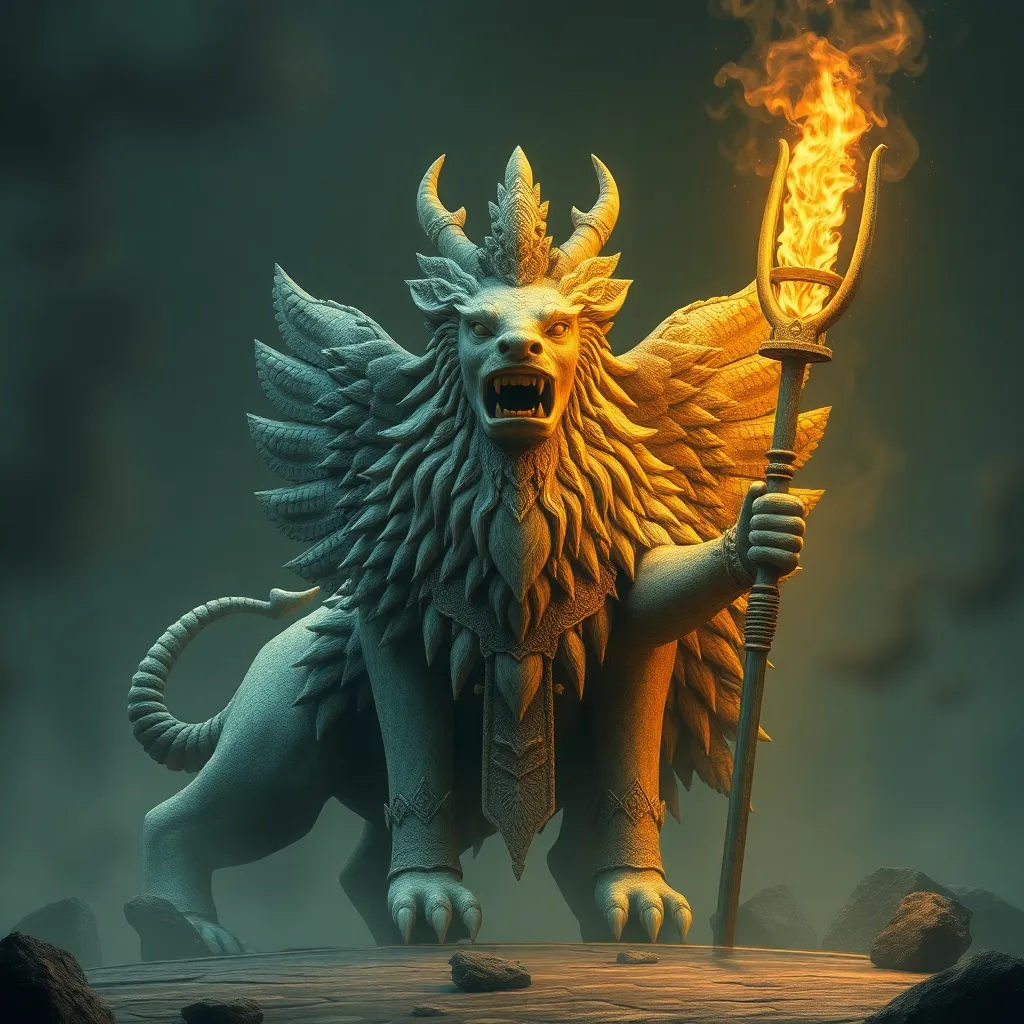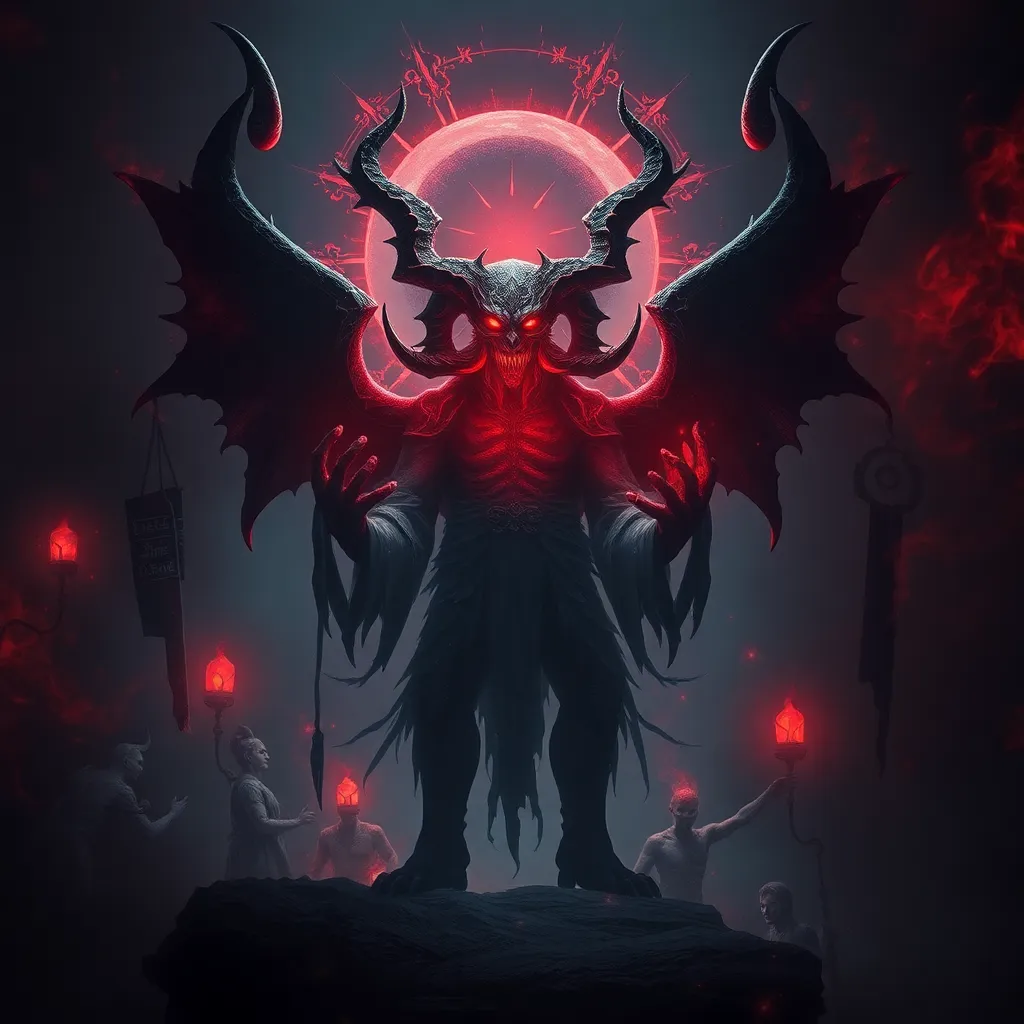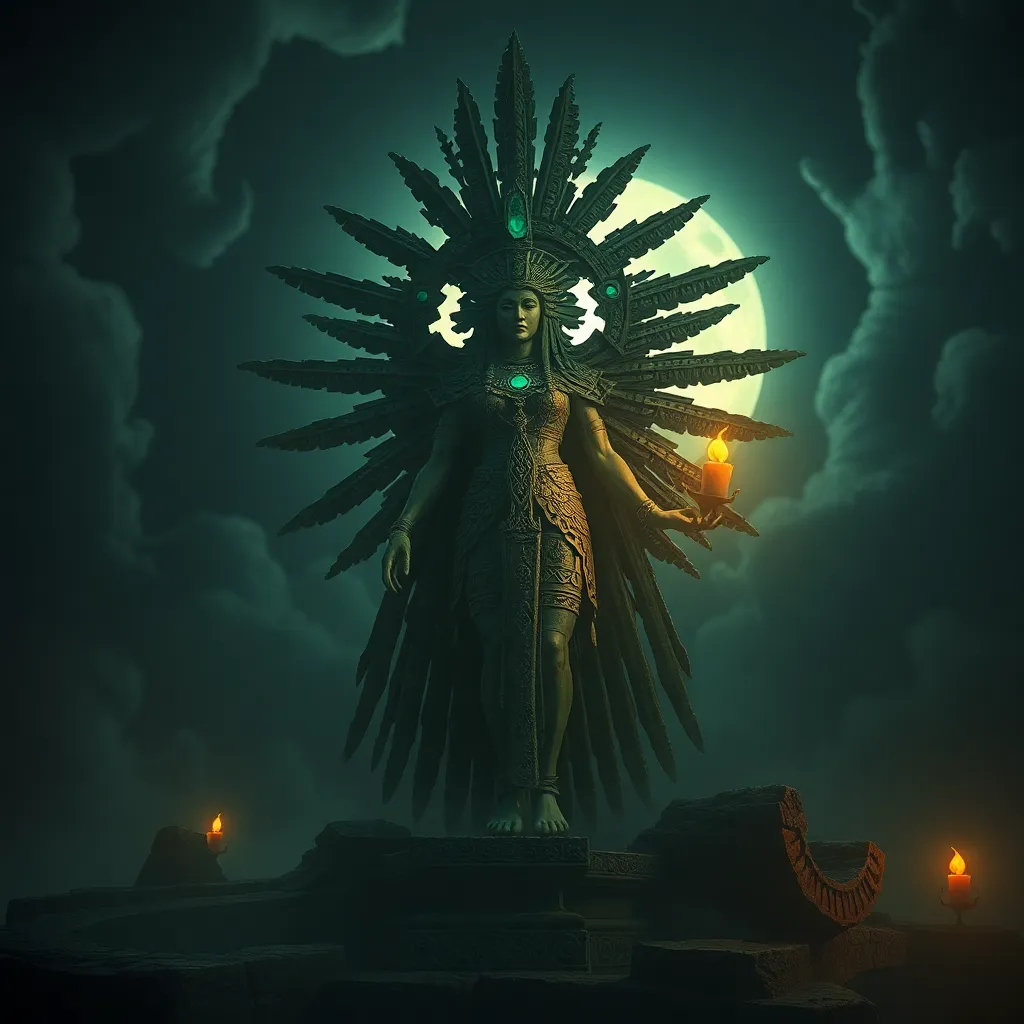The Lamassu’s Gendered Depiction: Exploring the Power Dynamics of Protective Spirits
I. Introduction
The Lamassu, a mythical creature from ancient Mesopotamia, is depicted as a hybrid being with the body of a bull or lion, wings of an eagle, and a human head. Historically, Lamassu served both as protectors of cities and as symbols of divine authority. Their significance transcends mere physical representation, embodying a complex interplay of power dynamics and protective roles in ancient societies.
Gendered depictions of deities and spirits are common in many ancient cultures. Such representations often reflect societal norms, roles, and power structures, providing insight into how ancient peoples understood and interacted with the divine. This article aims to explore the power dynamics represented in the gendered imagery of the Lamassu, examining how these figures embody both protection and authority.
II. The Historical Context of the Lamassu
The origins of the Lamassu can be traced back to the early civilizations of Mesopotamia, particularly within the Assyrian and Babylonian empires. These creatures were often placed at the entrances of palaces and temples, serving as guardians against evil spirits and malevolent forces. The Lamassu were not merely decorative; they held significant cultural and religious importance as symbols of strength and protection.
In Assyrian architecture, Lamassu sculptures were monumental. They typically stood in pairs, flanking doorways and gateways, providing a formidable presence. The role of Lamassu extended beyond mere guardianship; they symbolized the power of the rulers who commissioned their construction, representing the divine right to rule and the protection of the state.
III. Gender Representation in Ancient Near Eastern Art
In ancient Mesopotamian society, gender roles were distinctly defined. Men often held positions of power and authority, while women were associated with domestic responsibilities and nurturing roles. This gender dichotomy is reflected in the art of the time, where male figures were commonly depicted as warriors and rulers, while female figures were often shown as goddesses of fertility and home.
Gendered imagery in Mesopotamian art conveys not only the roles of individuals within society but also the broader spiritual and cultural values. Protective spirits like the Lamassu carry the weight of these societal norms, offering insight into how ancient peoples viewed gender and power. Comparatively, other cultures also have protective spirits, such as the Egyptian sphinx or the Greek Gorgons, which exhibit similar gendered attributes that reflect their respective societies.
IV. The Duality of Lamassu: Male and Female Attributes
The Lamassu embodies a unique duality through its gendered attributes. Typically, male Lamassu are characterized by their robust bodies and fierce expressions, symbolizing authority and strength. Their physical attributes often emphasize dominance, reflecting the societal value placed on male power.
Conversely, female Lamassu are depicted with softer features, often possessing nurturing expressions alongside their protective forms. This duality signifies a balance between strength and care, illustrating the multifaceted nature of protective roles. The inclusion of both male and female characteristics in Lamassu suggests a more complex understanding of power—one that incorporates both authority and nurture.
V. Power Dynamics in the Depiction of Lamassu
The power dynamics associated with Lamassu can be understood through their gendered depictions. Male Lamassu convey authority and strength, their formidable presence intended to instill fear in potential aggressors. This representation aligns with the patriarchal structures prevalent in ancient societies, where male dominance was often celebrated.
On the other hand, female Lamassu exhibit nurturing qualities, representing protection and care rather than aggression. This nurturing aspect highlights the importance of female figures in the spiritual realm, emphasizing their role as protectors of the home and family. The interplay of these power dynamics creates a rich tapestry of meaning, where strength and vulnerability coexist.
VI. Modern Interpretations and Cultural Impact
The Lamassu continues to influence contemporary art and culture, inspiring modern interpretations that reflect ongoing discussions about gender and power dynamics. Artists today often revisit the imagery of the Lamassu, recontextualizing it within contemporary frameworks of gender studies and spirituality.
For example, installations and sculptures draw upon the iconic features of the Lamassu, using them to comment on current societal issues. These modern interpretations serve as reminders of the enduring relevance of ancient symbols, demonstrating how historical figures can inform contemporary dialogues about power, protection, and gender.
VII. Implications for Gender Studies and Spirituality
The Lamassu plays a significant role in feminist interpretations of ancient mythology, challenging traditional narratives that often exclude female perspectives. By examining the Lamassu’s gendered depictions, scholars can explore how ancient societies understood the intersection of gender, power, and spirituality.
This exploration opens up broader implications for understanding gender dynamics across various cultures. Protective figures, like the Lamassu, serve as lenses through which we can examine the roles assigned to genders in both ancient and modern contexts, highlighting the complexities inherent in these dynamics.
VIII. Conclusion
In summary, the gendered depiction of the Lamassu reveals significant insights into the power dynamics of ancient Mesopotamian society. Through their dual representation of male strength and female nurturing, Lamassu embody a complex understanding of protection that transcends simplistic gender roles. Their enduring legacy continues to inspire discussions around gender and power, urging further research into the dynamics of ancient spiritual representations.
As we reflect on the significance of protective spirits like the Lamassu, it becomes clear that their imagery not only served practical purposes but also represented deep-seated beliefs about gender and authority. Continued exploration of these themes can enrich our understanding of both ancient cultures and contemporary issues surrounding gender dynamics.



